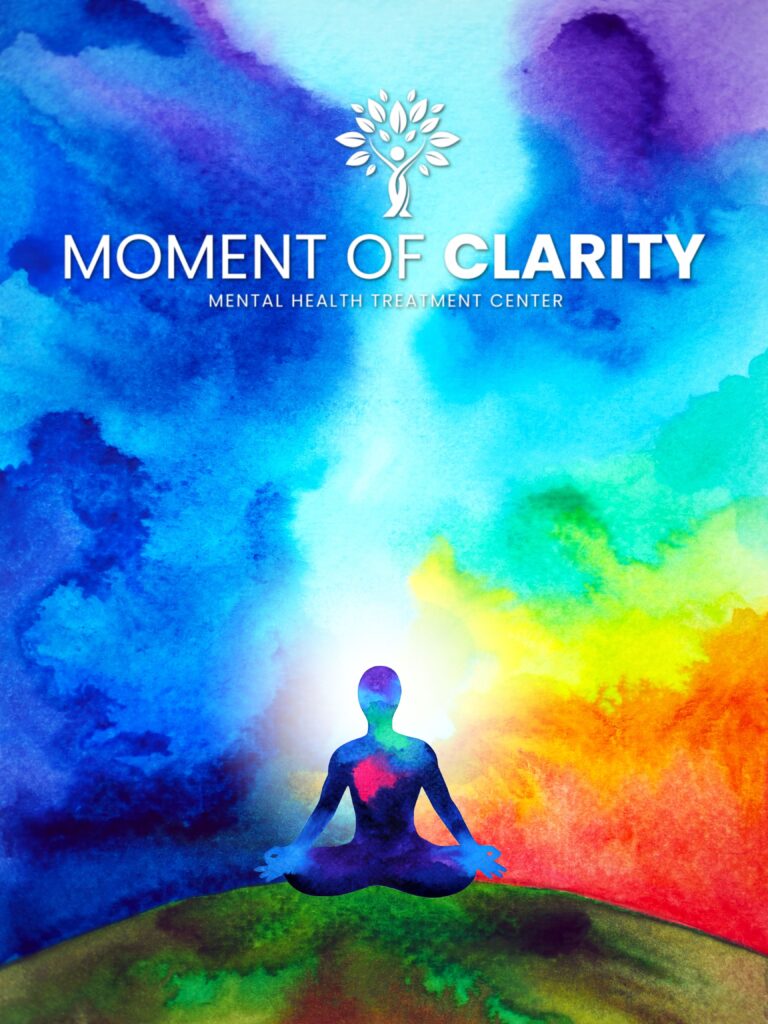Post-traumatic stress disorder (PTSD) affects a small portion of military Veterans, only slightly exceeding those found in the general population. While the numbers vary by enlistment period, knowing how many Veterans have PTSD can better help allocate resources to provide accessible treatment.
The severity of combat exposure, multiple deployments, and the nature of modern warfare—with its unpredictable threats like improvised explosive devices—all contribute to elevated risk factors for developing PTSD.
PTSD represents one of the most pressing health concerns in military populations, creating substantial challenges for both active service members and Veterans. The condition often manifests in symptoms including hypervigilance, intrusive memories, sleep disturbances, and emotional numbing, which can severely impact the quality of life and functional capacity.
PTSD in Veterans frequently correlates with increased rates of substance abuse, unemployment, homelessness, and suicide risk. Despite improved recognition and expanded PTSD treatment programs for Veterans, significant barriers to care persist, including stigma surrounding mental health issues, limited access to specialized services in rural areas, and lengthy wait times at Veterans Affairs facilities.

What Percentage of Veterans Are Affected by PTSD?
PTSD in Veterans is only slightly more common than in the general population. For PTSD, about 7% of Veterans experience it at some point, compared to 6% of civilians, according to the U.S. Department of Veterans Affairs. However, these figures may be conservative, as many cases go unreported due to stigma around mental health in military culture and Veterans’ reluctance to seek mental health treatment in California.
Important factors that influence PTSD rates include combat intensity, deployment length, multiple deployments, traumatic brain injuries, and personal factors like prior trauma exposure.
Mental Health Treatment That Works
Call 949-625-0564How Is PTSD Diagnosed in Veterans?
PTSD diagnosis in Veterans follows a structured clinical approach that typically involves multiple steps:
First, a comprehensive evaluation is conducted by qualified mental health professionals – usually psychologists, psychiatrists, or specially trained clinicians—using the diagnostic criteria from the Diagnostic and Statistical Manual of Mental Disorders (DSM-5). This includes assessing if the veteran experienced a traumatic event and demonstrates symptoms across four specific categories: intrusion symptoms, avoidance behaviors, negative alterations in cognition and mood, and changes in arousal and reactivity.
Veterans often undergo standardized assessment tools like the PTSD Checklist for DSM-5 (PCL-5), the Clinician-Administered PTSD Scale (CAPS-5), or the Mississippi Scale for Combat-Related PTSD.
The VA healthcare system uses standardized screening during routine primary care visits with the Primary Care PTSD Screen (PC-PTSD). For a formal diagnosis, symptoms must persist for more than one month and cause significant distress or functional impairment.
The diagnostic process also involves ruling out other conditions that may present similarly, such as traumatic brain injury, depression, substance use disorders, or other anxiety disorders.
Many Veterans experience comorbid conditions alongside PTSD, which requires careful differential diagnosis. Military medical records and deployment history are often reviewed to establish service connection, which is particularly important for determining VA disability benefits eligibility.
This thorough diagnostic approach helps ensure appropriate treatment planning and access to services for Veterans struggling with combat-related trauma.

What Are the Common Causes of PTSD Among Veterans?
Common causes of PTSD among Veterans typically stem from exposure to traumatic events during military service. Combat exposure is the most significant risk factor, particularly experiences involving direct firefights, witnessing deaths of fellow service members or civilians, or being responsible for killing in combat situations.
Traumatic brain injuries (TBIs) frequently co-occur with PTSD, creating complex symptom patterns. The blast injuries common in recent conflicts in Iraq and Afghanistan have contributed to high rates of both conditions appearing together.
Non-combat trauma during deployment can also trigger PTSD, including vehicle accidents, training incidents, natural disasters in deployment zones, or humanitarian crisis exposure.
The unpredictable nature of asymmetric warfare in recent conflicts has been particularly challenging, with improvised explosive devices (IEDs), suicide bombings, and the difficulty distinguishing combatants from civilians creating persistent psychological stress.
Additionally, multiple or extended deployments increase risk substantially, with each deployment potentially compounding exposure to traumatic events and reducing recovery time between stressors.
Pre-existing factors such as childhood trauma, family history of mental health issues, and lack of social support can make some Veterans more vulnerable to developing PTSD after trauma exposure.
How Can PTSD in Veterans Be Effectively Treated?
PTSD in Veterans can be effectively treated through several evidence-based approaches. Trauma-focused psychotherapies have shown the strongest effectiveness. Cognitive Processing Therapy (CPT) helps Veterans examine and challenge unhelpful beliefs related to their trauma.
Medication can be beneficial when treating Veterans for PTSD in California. SSRIs (selective serotonin reuptake inhibitors), like sertraline and paroxetine, are FDA-approved specifically for PTSD. Prazosin is sometimes prescribed to reduce nightmares. These medications are often most effective when combined with psychotherapy.
Complementary approaches like mindfulness meditation, yoga, and outdoor recreational therapy often serve as valuable additions to traditional treatments by addressing the physical manifestations of trauma and building resilience. Peer support groups provide critical community connections through organizations like the Wounded Warrior Project.
For treatment to be most effective, addressing co-occurring conditions such as depression, substance use disorders, and physical health issues is essential, often requiring an integrated care approach.
How Many Veterans Have PTSD? Contact Moment of Clarity for Mental Health Services for Veterans
Knowing how many Veterans have PTSD can ensure every service member can access the treatment they need to overcome the condition. Professional mental health treatment offers Veterans powerful tools to overcome PTSD through evidence-based approaches tailored to military experiences.
These specialized treatments are delivered by clinicians trained to understand military culture and combat experiences, creating a therapeutic environment where Veterans feel understood and validated. Comprehensive treatment also addresses the broader impacts of PTSD on Veterans’ lives, including relationship difficulties, occupational challenges, and substance use issues that often develop as coping mechanisms.
For many Veterans, engaging with professional treatment breaks the isolation of PTSD. It connects them with others who understand their experiences, whether through group therapy or peer support programs integrated into clinical care.
Moment of Clarity in Southern California specializes in mental health treatment programs specifically designed for Veterans. Our Operation Clarity Treatment Program offers comprehensive mental wellness support for active-duty military personnel and Veterans throughout California and nationwide.
Our approach recognizes the unique challenges faced by those who have served and provides personalized care pathways to address PTSD and related conditions. To discover how our specialized mental health services can be customized to address your specific circumstances and needs, please get in touch with us at 949-625-0564 today.
External Sources
- U.S. Department of Veterans Affairs – How Common is PTSD in Veterans?
- U.S. Department of Veterans Affairs – PTSD Checklist for DSM-5 (PCL-5)
- National Library of Medicine – Veteran and Military Mental Health Issues




